The Hubbard Glacier is a tidewater glacier in Alaska and the Yukon Territory.
From its source in the Yukon, the glacier stretches 122 km (76 mi) to the sea at Yakutat Bay and Disenchantment Bay. It is the longest tidewater glacier in Alaska, with an open calving face over ten kilometres (6 mi) wide.
Before it reaches the sea, Hubbard is joined by the Valerie Glacier to the west, which, through forward surges of its own ice, has contributed to the advance of the ice flow that experts believe will eventually dam the Russell Fiord from Disenchantment Bay waters.

As you enter Yakutat Bay, you know you are getting close as there are thousands of small bergie bits floating in the water.
The Hubbard Glacier ice margin has continued to advance for about a century. In May 1986, the Hubbard Glacier surged forward, blocking the outlet of Russell Fiord and creating Russell Lake. All that summer the new lake filled with runoff; its water level rose by 25 metres and the decrease in salinity threatened its sea life.
Around midnight on October 8th the dam began to give way. In the next 24 hours an estimated 5.3 km³ of water gushed through the gap, and the fiord was reconnected to the ocean at its previous level.
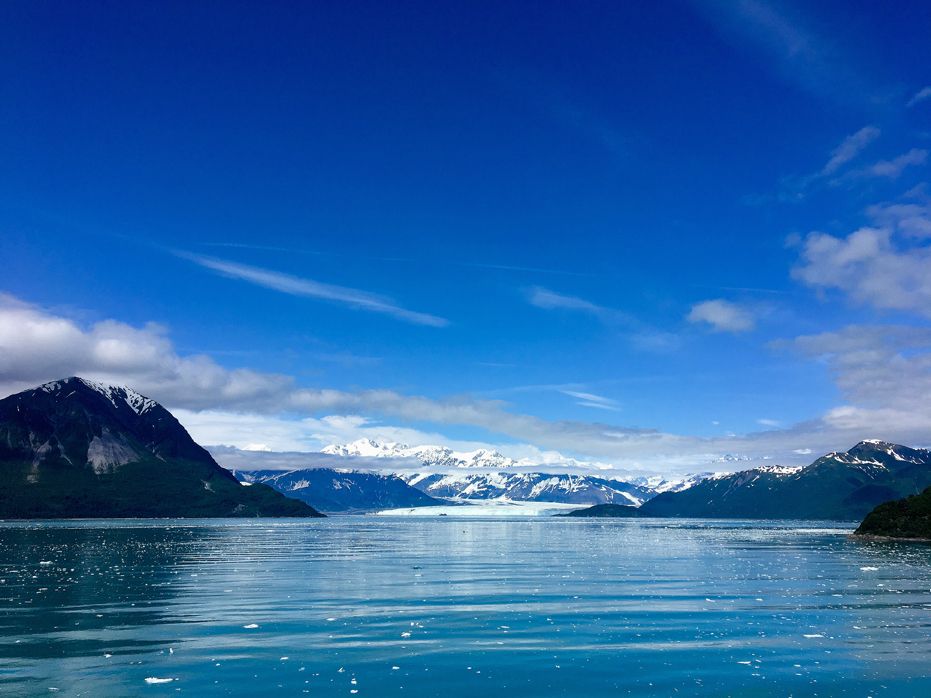
In spring 2002, the glacier again approached Gilbert Point. It pushed a terminal moraine ahead of its face and closed the opening again in July. A terminal moraine, also called end moraine, is a type of moraine that forms at the snout of a glacier, marking its maximum advance. At this point, debris that has accumulated by plucking and abrasion, and has been pushed by the front edge of the ice, is driven no further and instead is dumped in a heap.
On August 14, the terminal moraine was washed away after rains had raised the water level behind the dam it formed to 18 m (61 ft) above sea level. The fiord could become dammed again, and perhaps permanently. If this happens, the fiord could overflow its southern banks and drain through the Situk River instead, threatening trout habitat and a local airport.
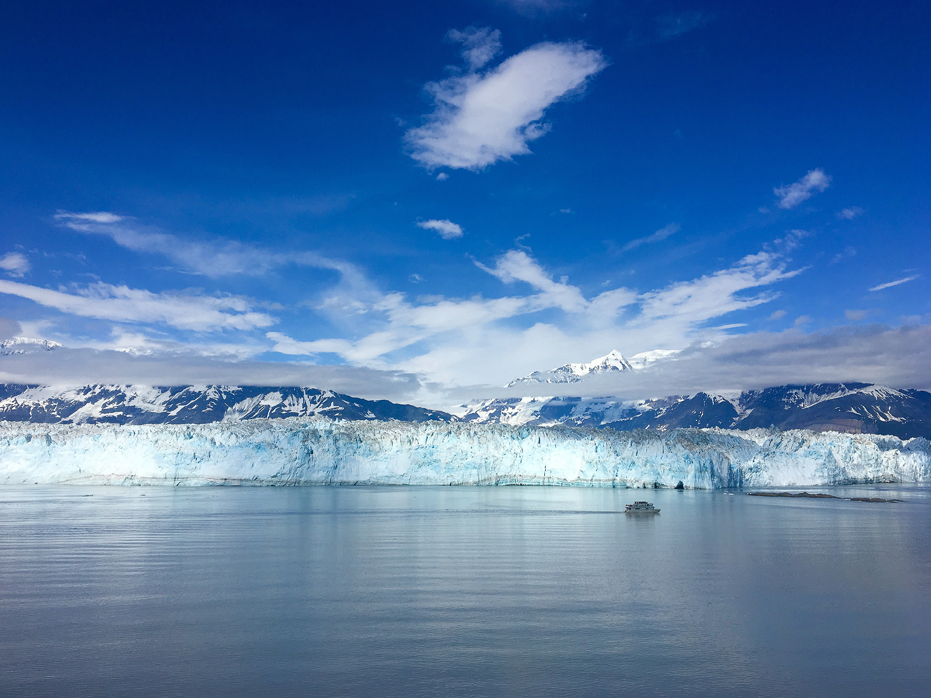
The ice at the foot of Hubbard Glacier is about 400 years old: it takes that long for ice to traverse the length of the glacier. The glacier routinely calves off icebergs the size of a ten-story building. Where the glacier meets the shore, most of the ice is below the waterline, and newly calved icebergs can shoot up quite dramatically, so that ships must keep their distance from it as they ply their way up and down the coast.
The day we were there, the Captain told us it was the clearest day he had seen in sixteen years so we got pretty close. At roughly a quarter mile away, we could hear the calving happening but could no pinpoint where it was happening until we saw the explosion in the water below as the ice landed.
The actual visit is half spectacular and half frustrating in that you cannot really get too close, especially in a cruise ship and for me, having hundreds of people in front of me was quite challenging as I tried to jockey into position for a simple photo. Also, you really MUST have a telephoto lens to capture any images of calving ice or to even get a decent close up.
I think it was more fun to share the experience with friends on board as we visited with Dorothy and Mark from Victoria.


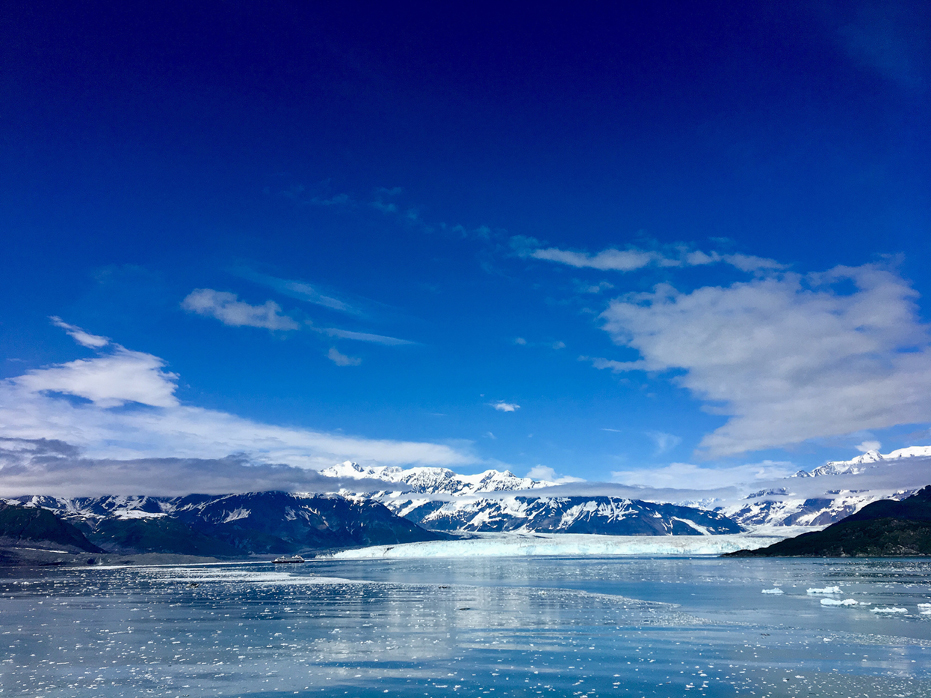
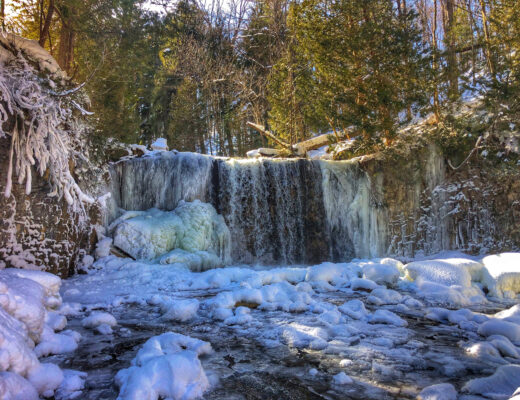
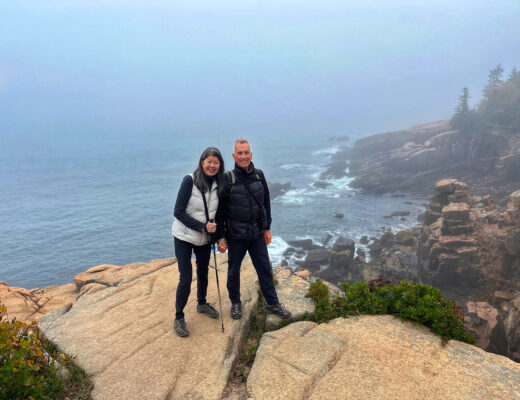
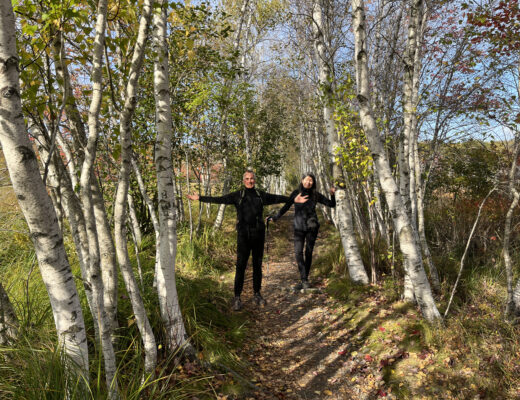

No Comments